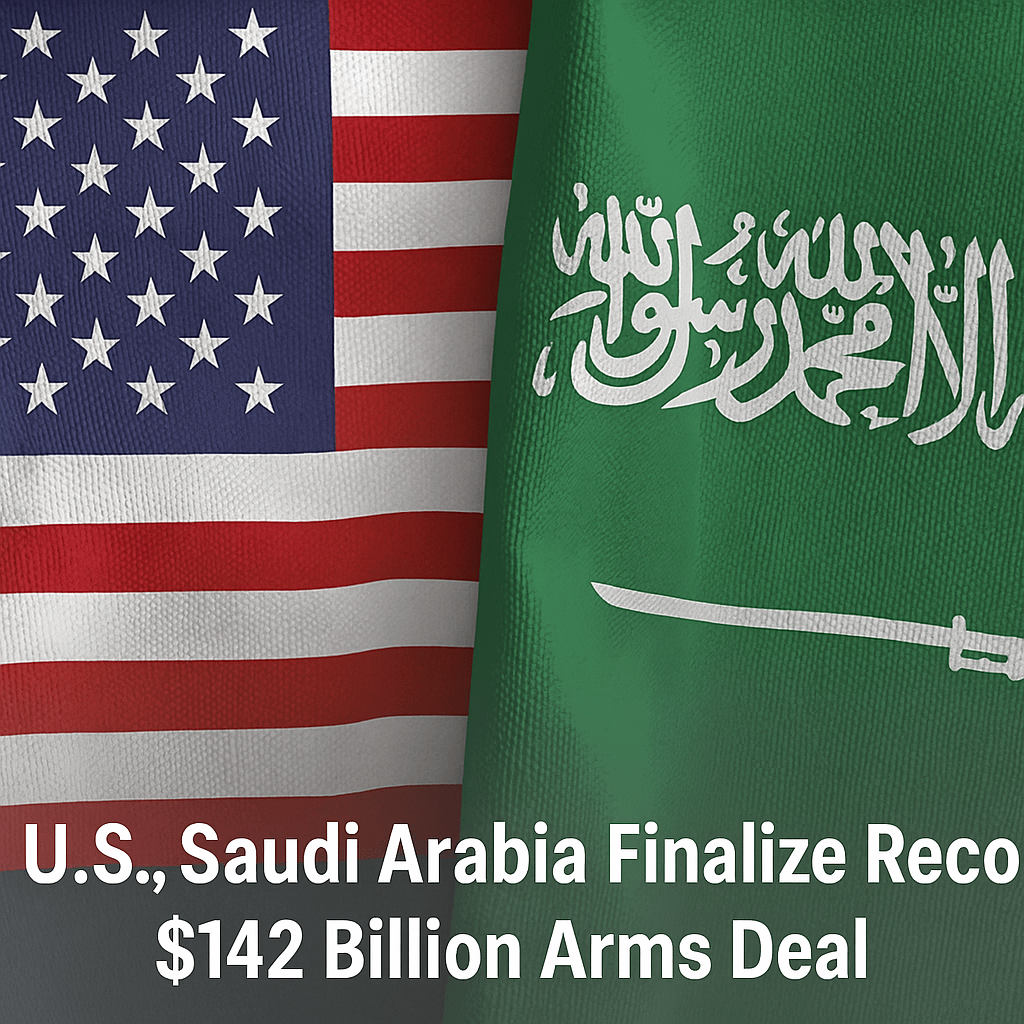Riyadh – In a groundbreaking move to bolster military cooperation, Saudi Arabia and the United States have signed a $142 billion arms deal, the largest in the history of bilateral defense agreements. The announcement came during President Donald Trump’s official visit to Riyadh and underscores the strategic partnership between the two nations.
What the Deal Includes
The deal encompasses a wide array of defense systems, including F-15 and F-35 fighter jets, THAAD and Patriot missile defense systems, surveillance drones, Apache helicopters, and advanced cybersecurity solutions. It also involves training, maintenance contracts, and long-term support for Saudi military personnel.
Economic and Political Impacts
President Trump highlighted that the agreement would support over 100,000 American jobs and bring economic benefits to both nations. The deal is seen as part of the larger strategic alignment between the U.S. and Gulf allies amid increasing regional instability and threats posed by Iran.
Vision 2030 Alignment
Saudi officials emphasized that the deal aligns with Vision 2030, the kingdom’s economic and military modernization strategy. The acquisition of state-of-the-art defense systems is intended to enhance Saudi Arabia’s self-reliance and reduce dependency on external defense infrastructure.
Criticism and Concerns
Despite its economic promise, the deal has attracted criticism from human rights organizations and several U.S. lawmakers. Concerns center around the potential escalation of the conflict in Yemen and the use of American weapons in regions with humanitarian challenges. Hearings are expected in Congress to address the ethical implications.
Geopolitical Significance
Analysts suggest that the agreement sends a strong message to regional rivals, particularly Iran, and reinforces America’s role as a key military partner in the Gulf. It may also affect global arms competition with countries like China and Russia seeking influence in the region.
Next Steps
Delivery of the first batch of military equipment is expected to begin by late 2025, with full implementation extending through 2030. Companies like Lockheed Martin, Boeing, and Raytheon are expected to be among the main contractors executing the deal.

